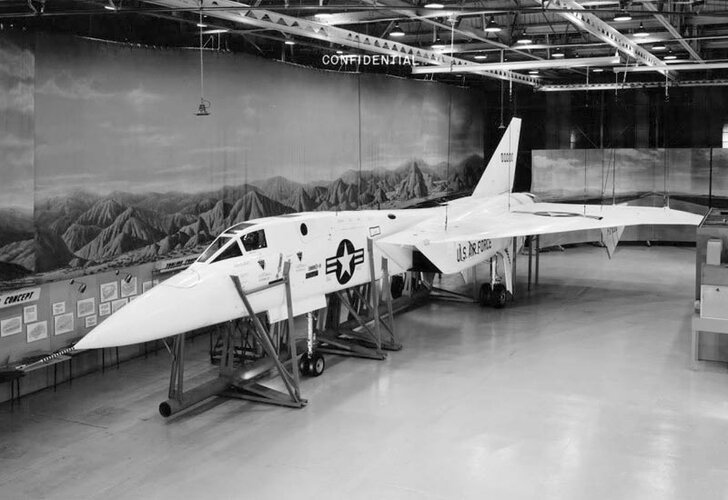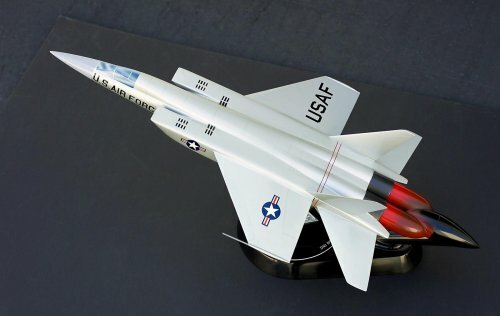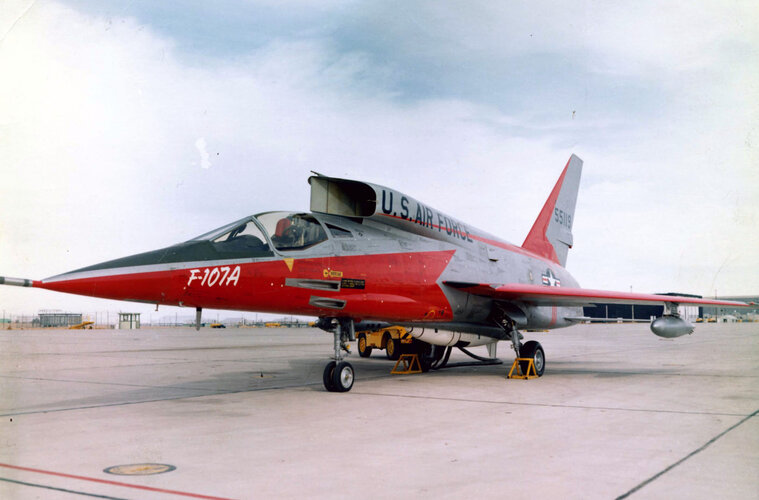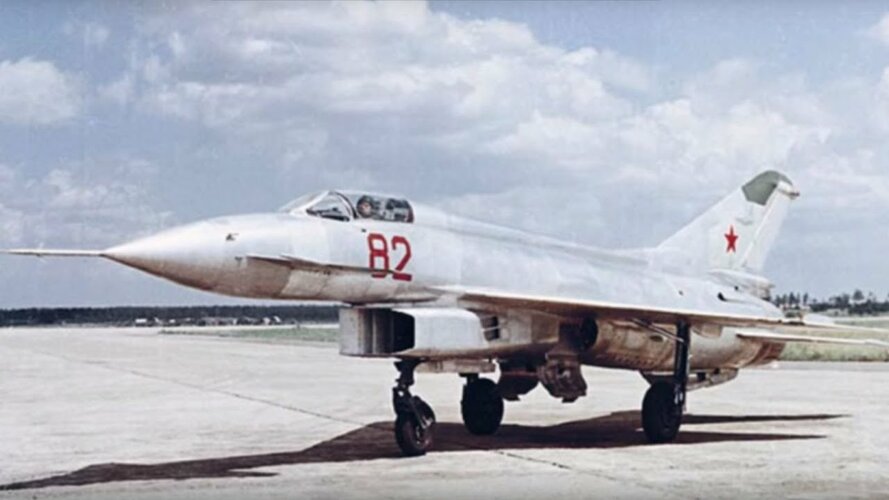- Joined
- 29 November 2010
- Messages
- 1,702
- Reaction score
- 3,208
There are certain aircraft whose designs are so influential, quite a number of other aircraft often incorporate some (or a lot) of its design features.
They may not be the first ones to do it, but they are certainly the ones that made it popular.
For example
Ta-183: made popular the front intake, thats been used in the MiG-15, Tunnan, Saber, etc
F-16: made popular the deep chin-intake (differing from the front chin in take like the Corsair and Crusader) thats since been adopted in the Lavi, J-10, Eurofighter, etc.
F-4: made popular the use of splitter plates at the intake. Also used in the Flogger, J-8II, etc
MiG-25: made popular the use of angled intakes, also used in the F-15, MiG-29, etc.. although some argue its the A-5 that started that trend
F-22: made popular the general configuration of 5th gen aircraft (F-35, J-31, KF-21, etc)
What if these planes never made it into production. Would other aircraft in the world, at that time period, continue to use a similar configuration?
For example.. would the J-31 or KF-21 look the way they do if say, the YF-23 was chosen instead of the YF-22?
They may not be the first ones to do it, but they are certainly the ones that made it popular.
For example
Ta-183: made popular the front intake, thats been used in the MiG-15, Tunnan, Saber, etc
F-16: made popular the deep chin-intake (differing from the front chin in take like the Corsair and Crusader) thats since been adopted in the Lavi, J-10, Eurofighter, etc.
F-4: made popular the use of splitter plates at the intake. Also used in the Flogger, J-8II, etc
MiG-25: made popular the use of angled intakes, also used in the F-15, MiG-29, etc.. although some argue its the A-5 that started that trend
F-22: made popular the general configuration of 5th gen aircraft (F-35, J-31, KF-21, etc)
What if these planes never made it into production. Would other aircraft in the world, at that time period, continue to use a similar configuration?
For example.. would the J-31 or KF-21 look the way they do if say, the YF-23 was chosen instead of the YF-22?




